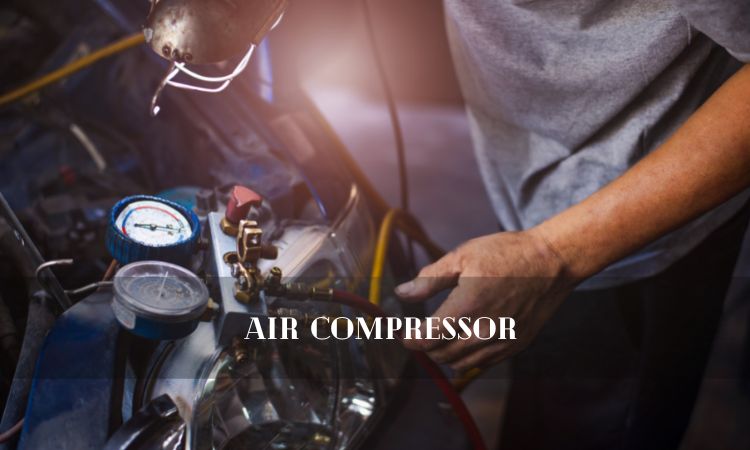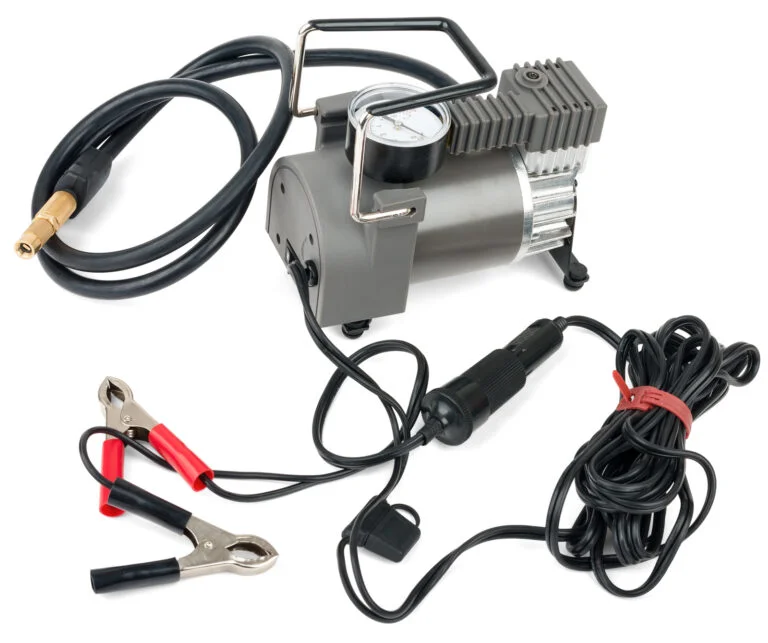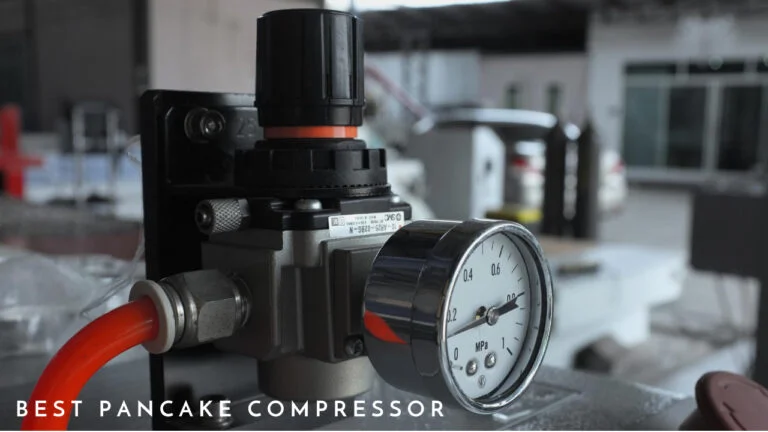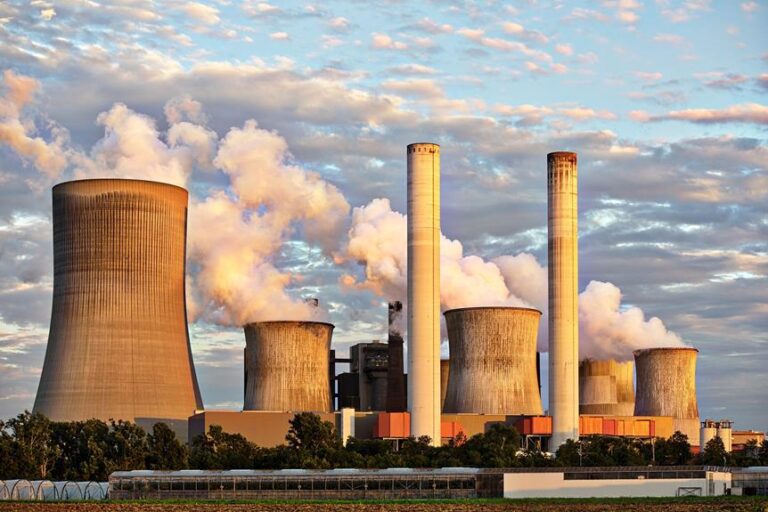Cooler and Faster: Intercooler Installation Guide
With 33% of engine failures attributed to overheating, efficient cooling is critical to vehicle performance. This comprehensive guide demystifies the role of intercoolers in engine cooling, offering insight into types, benefits, and maintenance. We provide a detailed, step-by-step intercooler installation guide, alongside troubleshooting tips. Ideal for auto-enthusiasts and those seeking to enhance their vehicle's performance, this guide propels you towards a cooler, faster drive.
Key Takeaways
- Intercooler reduces the temperature of intake air by up to 10%
- Upgraded intercooler enhances forced induction efficiency
- Cooler, denser air intake improves engine performance
- Intercooler upgrade prolongs engine life and prevents frequent maintenance and breakdowns
Understanding the Role of an Intercooler in Engine Performance
The intercooler plays a critical role in engine performance, primarily by reducing the temperature of the intake air, which can increase engine efficiency by up to 10 percent. A performance intercooler functions by cooling the air compressed by the turbocharger or supercharger, mitigating heat-induced power loss and increasing both the density and oxygen content of the intake charge. This process, known as charge air cooling, is a pivotal component of any turbocharged or supercharged engine system.
Understanding the role of an intercooler in engine performance is essential for those seeking to optimize their vehicle's power and efficiency. It is not just a simple radiator; it is a vital part of the engine's breathing system. Without it, the engine would be exposed to damaging heat levels and reduced performance.
With a proper intercooler installation, you provide your engine the liberty to perform at its maximum potential, without the risk of overheating. This is particularly critical for high-performance vehicles that generate substantial heat. In essence, the intercooler is an engine's best defense against performance-robbing heat, making it a crucial component in the quest for peak automotive performance.
The Benefits of Upgrading Your Intercooler
Upgrading your intercooler can yield significant benefits in terms of engine performance, fuel efficiency, and the overall lifespan of your vehicle. A superior intercooler can markedly enhance the engine's power output by ensuring a more efficient air charge, consequently improving fuel economy. Furthermore, by maintaining optimal engine temperatures, an upgraded intercooler can also increase the longevity of your vehicle, reducing wear and tear on critical components.
Enhanced Engine Performance
With an upgrade to your intercooler, you can experience enhanced engine performance due to the cooler and denser air supply. This is achieved through a combination of elements including performance intercooler piping, forced induction, and high-flow air filters.
The benefits of upgrading your intercooler can be outlined as follows:
- Improved forced induction efficiency: A larger intercooler enhances the cooling process, thereby leading to a more efficient forced induction system.
- Robust performance intercooler piping: The right piping can increase airflow and reduce air resistance, thereby boosting performance.
- High-flow air filters: These facilitate a cleaner and more abundant air supply, which can be crucial in maintaining engine health.
- Enhanced engine longevity: With a cooler air supply, the engine's components are less prone to wear and tear, thereby increasing its lifespan.
Increased Fuel Efficiency
In terms of fuel economy, investing in an upgraded intercooler can result in significant improvements, as it facilitates cooler air intake and thereby enhances combustion efficiency. This cooler, denser air has more oxygen, which increases the amount of fuel that can be burned, thus leading to a more efficient combustion process. By optimizing the air-to-fuel ratio, intercoolers reduce engine knock, a common issue in turbocharged engines that can lead to serious damage. This optimized combustion not only yields higher horsepower but also improves fuel efficiency, translating into substantial savings at the gas pump. Moreover, the reduced engine strain prolongs engine lifespan, saving on costly repairs or replacements. Therefore, from a holistic perspective, an intercooler upgrade represents not merely an investment in performance enhancement, but also in long-term fuel economy and engine health.
Extended Vehicle Lifespan
As you consider the long-term impact of an intercooler upgrade, you'll find that this modification can significantly extend your vehicle's lifespan. The benefits of upgrading your intercooler contribute to enhanced performance and prolonged vehicular longevity, offering:
- Improved engine cooling: The intercooler's primary function of reducing intake air temperature prolongs engine life.
- Enhanced fuel efficiency: Cooler air increases the density, resulting in more effective combustion and better fuel economy.
- Reduced thermal stress: By mitigating extreme temperature zones, the intercooler alleviates wear and tear on engine components.
- Preventing engine knock: Cooler air lowers the risk of detonation, a common cause of engine failure.
In the quest for liberation from frequent maintenance and unexpected breakdowns, an intercooler upgrade is a worthy investment. Next, we'll explore various types of intercoolers to help you decide which one is right for you.
Types of Intercoolers: Which One Is Right for You
Before you dive into the installation process, it's crucial to weigh up the different types of intercoolers and determine which one is the most suitable for your specific requirements. Intercoolers mainly come in two types: air-to-air and air-to-water.
Air-to-air intercoolers, the more common type, use ambient air to dissipate the heat absorbed from the turbocharger's compressed air. They are usually positioned in areas with optimal airflow, such as behind the front grille. This type is cost-effective, reliable, and requires minimal maintenance, making it a fitting choice for most road cars.
On the other hand, air-to-water intercoolers utilize a water-based coolant to remove the heat. They are compact, offer superior cooling efficiency, and can be mounted in various locations, making them ideal for vehicles with limited space. However, they are more complex, require a circulation system for the coolant, and can be expensive.
The choice between these two largely depends on your vehicle's specific use and constraints. For instance, racing vehicles often prefer air-to-water intercoolers for their superior cooling performance, while daily drivers lean towards air-to-air for their simplicity and reliability. Ultimately, understanding your vehicle's demands and your personal preferences will guide you to the right intercooler.
Tools and Materials Needed for Intercooler Installation
Once you have chosen the appropriate type of intercooler for your vehicle, you will need to gather certain tools and materials to facilitate a successful installation. The installation process requires precision and a good understanding of your vehicle's engine compartment layout.
The following is a list of necessary tools and materials:
- Socket Set and Wrenches: These will be used to remove the old intercooler and install the new one. It's important to have a variety of sizes, as there may be different bolt sizes to deal with.
- Screwdrivers: Both flat head and Phillips head screwdrivers are critical for removing clamps and other fasteners.
- Pliers: These are necessary for removing hoses and other connections that may be attached to the old intercooler.
- Sealant and Gaskets: You'll need these to ensure a proper seal between the intercooler and the connections. Always check the compatibility of the sealant with your vehicle's specifications.
Step-by-Step Guide to Removing Your Old Intercooler
Before proceeding with the installation of your new intercooler, correct and cautious removal of the old unit is paramount. This process will require certain tools and a precise set of procedures to ensure your vehicle remains unharmed during extraction. We will now outline the necessary equipment and the step-by-step protocol for safe and efficient intercooler removal.
Tools Required
To successfully remove your old intercooler, it is essential to gather all necessary tools beforehand. This precaution will not only save you time but also ensure a smoother disassembly process. The right tools will liberate you from potential obstacles, making the overall process more efficient and less frustrating.
Here are the essential tools you will need:
- Wrench set: For loosening and removing various bolts and nuts.
- Screwdriver set: To disconnect any attached hoses.
- Pliers: Helpful in removing any clamps.
- Socket and ratchet set: Necessary for hard-to-reach bolts.
Ensure you have these tools readily available before you begin the removal process. It will make the task less daunting and more manageable. Now, let's proceed to the removal procedures.
Removal Procedures
Begin the removal process by first ensuring your vehicle is in a safe, stable position and the engine is completely cooled down. Disconnect the battery to prevent any accidental electrical discharge. Locate the intercooler, typically situated at the front of the engine bay. It's essential to remember the exact position and connections of the intercooler for reinstallation. Unbolt the intercooler from the mounting brackets using the appropriate tools. Carefully disconnect the inlet and outlet hoses, ensuring to not damage any surrounding components. Once detached, you can now gently remove the intercooler from the vehicle. With the old intercooler removed, you're one step closer to unlocking the performance potential of your vehicle. Next, we'll cover how to install your new intercooler: a detailed walkthrough.
How to Install Your New Intercooler: A Detailed Walkthrough
Once you have acquired your new intercooler, one must follow a comprehensive set of instructions to ensure a successful installation. This process requires attention to detail, a strong understanding of automotive systems and a liberating desire to enhance your vehicle's performance.
The first step involves preparing your vehicle. This includes the removal of the front bumper, old intercooler, and any other obstructions that may interfere with the installation.
Next, consider the following:
- Ensure compatibility: Verify that your new intercooler fits your specific vehicle model. Incorrect sizing can lead to performance issues.
- Position correctly: The intercooler should be placed in a location that allows optimal airflow. This is usually at the front of the vehicle.
- Secure tightly: Use appropriate hardware to secure the intercooler in place, preventing any movement that could cause damage.
- Connect tubing: Connect the inlet and outlet tubing to the intercooler. Ensure these connections are airtight to prevent leaks.
After these steps, reattach the bumper and perform a thorough inspection to confirm everything is in order. Finally, take your vehicle for a test drive to ensure the intercooler is functioning as expected. This installation process is a liberating step towards a cooler, faster ride.
Post-Installation: Checking for Proper Functionality
After the installation process, it is imperative that the functionality of the intercooler be thoroughly checked to ensure optimal performance and safety. It is not enough to install an intercooler; its effectiveness must be assessed to verify that your engine can indeed run cooler and faster. Your road to liberation from overheating issues is just beginning.
| Test | Procedure | Expected Result |
|---|---|---|
| Pressure test | Check the intercooler system for leaks | No visible leaks or loss in pressure |
| Temperature check | Monitor the temperature before and after the intercooler | Significant drop in temperature post-intercooler |
| Performance assessment | Test drive the vehicle | Improved performance and fuel efficiency |
| Visual inspection | Examine the intercooler and connections | No physical damage or loose connections |
Each of these tests is crucial in ensuring that your new intercooler is functioning as intended. A successful pressure test confirms the integrity of your system. A temperature check verifies the cooling efficiency of the intercooler. Performance assessment through a test drive will ascertain any noticeable improvements in speed and fuel efficiency. Lastly, the visual inspection ensures there are no physical signs of damage or disconnection.
In the following section, we will discuss 'tips for maintaining your new intercooler' to keep it operating optimally for the long haul.
Tips for Maintaining Your New Intercooler
Why is it essential to maintain your newly installed intercooler, and what are some practical steps you can take to ensure its longevity? Proper upkeep of your intercooler is crucial to optimal performance and longevity. With an adequately maintained intercooler, you can expect improved engine efficiency, enhanced horsepower, and a prolonged lifespan for your vehicle's turbocharging system.
Here are a few detailed steps to help you maintain your new intercooler:
- Regular Cleaning: Dust, debris, and grime can significantly reduce the efficiency of your intercooler. Make sure it's kept clean, both internally and externally.
- Frequent Inspection: Regularly check your intercooler for signs of damage or leaks. Promptly address any issues to prevent further problems.
- Proper Installation: Ensure the intercooler is installed correctly and securely to avoid any unnecessary wear and tear or damage.
- Performance Monitoring: Keep track of your vehicle's performance. If you notice a significant drop in efficiency or power, the intercooler may need attention.
Troubleshooting Common Intercooler Issues
While maintaining your intercooler is a crucial aspect of ensuring its optimal performance, it is also imperative to be well-versed with troubleshooting common issues that might arise.
One common issue is a significant decrease in power output. This could be due to an obstruction in the intercooler, which can impede the flow of air and cause the engine to work harder than necessary. Inspect the intercooler for any blockages and remove them promptly to restore power.
Leaks are another common problem. These are often the result of poor installation or damage from road debris. A visual inspection can usually identify any obvious leaks, but in some cases, pressure testing may be necessary to find more subtle ones. Leaks should be addressed immediately to prevent further damage and performance issues.
Boost pressure issues can also occur. If you notice your vehicle isn't accelerating as quickly as it should, this could be due to a problem with the intercooler. Check the boost pressure with a gauge; if it's lower than what your vehicle's specifications require, there may be a problem with the intercooler's efficiency.
Frequently Asked Questions
What Is the Average Cost of Installing a New Intercooler?
The average cost for installing a new intercooler can vary significantly, generally ranging between $200 and $500. This depends on the model of the vehicle and whether the installation is done professionally or personally.
Can I Install an Intercooler Myself or Do I Need Professional Help?
While it's possible for a technically adept individual to install an intercooler, professional assistance guarantees a correct and safe installation, minimizing potential damage to your vehicle's engine and optimizing its performance.
How Often Should I Replace My Intercooler?
The replacement frequency for an intercooler largely depends on the vehicle's usage and performance demands. However, under normal operating conditions, an intercooler should last the lifetime of the vehicle without requiring replacement.
What Are the Signs That My Intercooler Is Failing?
Signs of a failing intercooler include reduced engine performance, overheating, increased fuel consumption, and excess smoke from the exhaust. These symptoms indicate a potential issue with the intercooler's efficiency in cooling charged air.
Can a Faulty Intercooler Impact My Vehicle's Fuel Efficiency?
Yes, a faulty intercooler can indeed affect your vehicle's fuel efficiency. A malfunctioning intercooler may cause the engine to run hotter, leading to inefficient combustion and, consequently, increased fuel consumption.
Conclusion
In conclusion, understanding the function of an intercooler and the process of its installation fosters enhanced vehicle performance. The detailed guide provided expounds on the critical steps in upgrading an intercooler, ensuring its optimal functionality. A well-maintained intercooler contributes significantly to the overall engine efficiency. Thus, isn't it beneficial to invest time and effort to understand and maintain this crucial component?







